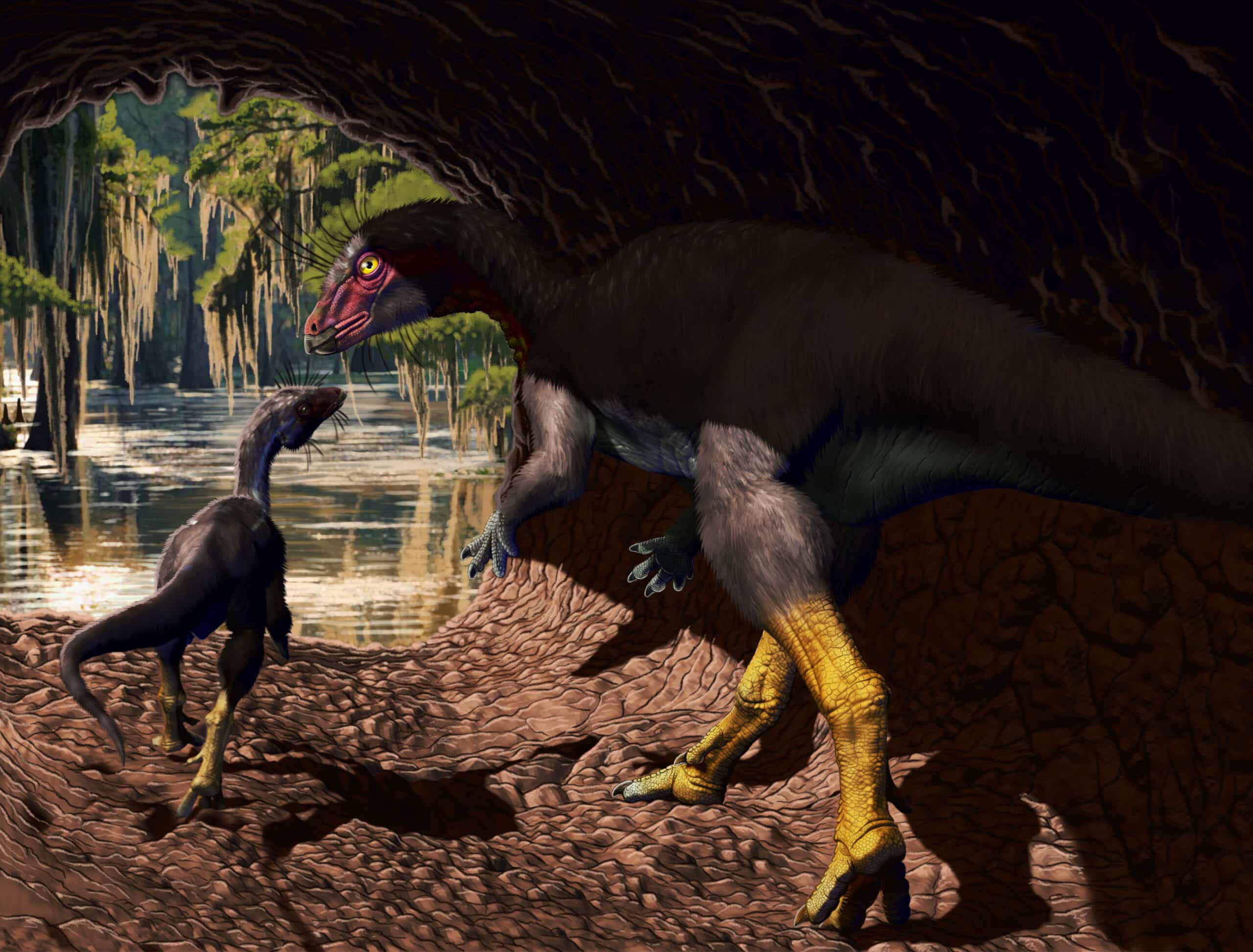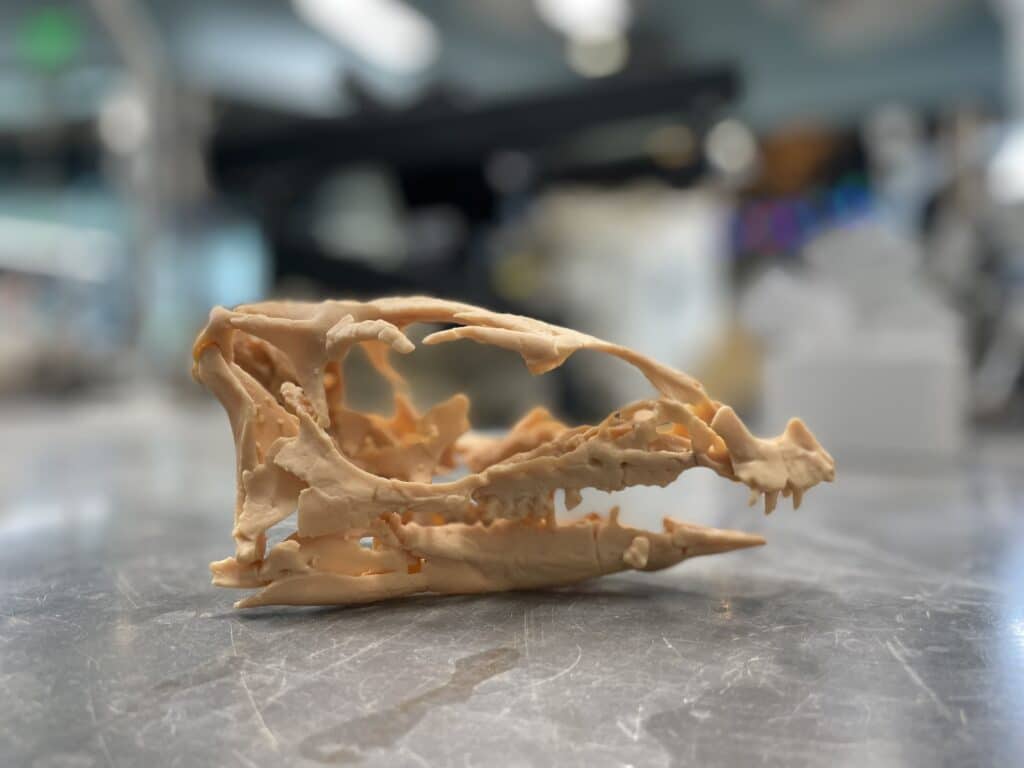Discovering Dinosaurs

Nearly 100 million years ago, plant-eating dinosaurs no bigger than a large dog likely buried themselves into the muddy floodplains of present-day central Utah.
Little did this newly discovered ancestor of Thescelosaurus know that its burrowing habits would one day make professor Lindsay Zanno and her fellow paleontologists’ jobs much easier.
“Essentially, Fona did the hard work for us, by burying itself all over this area,” says Zanno, an associate research professor at NC State University and head of paleontology at the North Carolina Museum of Natural Sciences who helped unearth the new species, the full name of which is Fona [/Foat’NAH/] herzogae.
Paleontologists from NC State and the North Carolina Museum of Natural Sciences first started digging up Fona fossil specimens over a decade ago.
In July, NC State Ph.D. student Haviv Avrahami, Zanno and two researchers from other universities published a paper on this work in The Anatomical Record.
“Fona gives us insight into the third dimension an animal can occupy by moving underground,” Avrahami says. “It adds to the richness of the fossil record and expands the known diversity of small-bodied herbivores, which remain poorly understood despite being incredibly integral components of Cretaceous ecosystems.”
The fossil record is biased toward bigger animals, Avrahami says, because small bones on the surface tend to scatter, rot or succumb to scavengers before they have time to become buried and later fossilized.
Fona is believed to be a distant relative of Thescelosaurus neglectus, another species that showed signs of living a semifossorial — meaning partially underground — life, according to findings that Zanno and former NC State postdoctoral researcher David Button published late last year.
What signs might a fossil show to suggest it belonged to a semifossorial species, though?
For one, Fona shares several features with animals known for digging or burrowing — such as big biceps and larger hindlimbs than forelimbs. Another sign is how well-preserved Fona fossils are often found.

“Fona is often found complete, with many of its bones preserved in the original death pose, chest down with splayed forelimbs, and in exceptionally good condition,” Avrahami says. “If it had already been underground in a burrow before death, it would have made this type of preservation more likely.”
Avrahami, Zanno and their co-authors, Peter Makovicky of the University of Minnesota and Ryan Tucker of Stellenbosch University, believe Fona’s discovery is crucial to furthering our understanding of the Cretaceous ecosystem. It also helps paint a more accurate picture of the true diversity of dinosaurs that once roamed — or burrowed themselves — into the Earth.
“People tend to have a myopic view of dinosaurs that hasn’t kept up with the science,” Zanno says. “We now know that dinosaur diversity ran the gamut from tiny arboreal gliders and nocturnal hunters, to sloth-like grazers, and yes, even subterranean shelterers.”
This article is based on a news release from NC State University.



